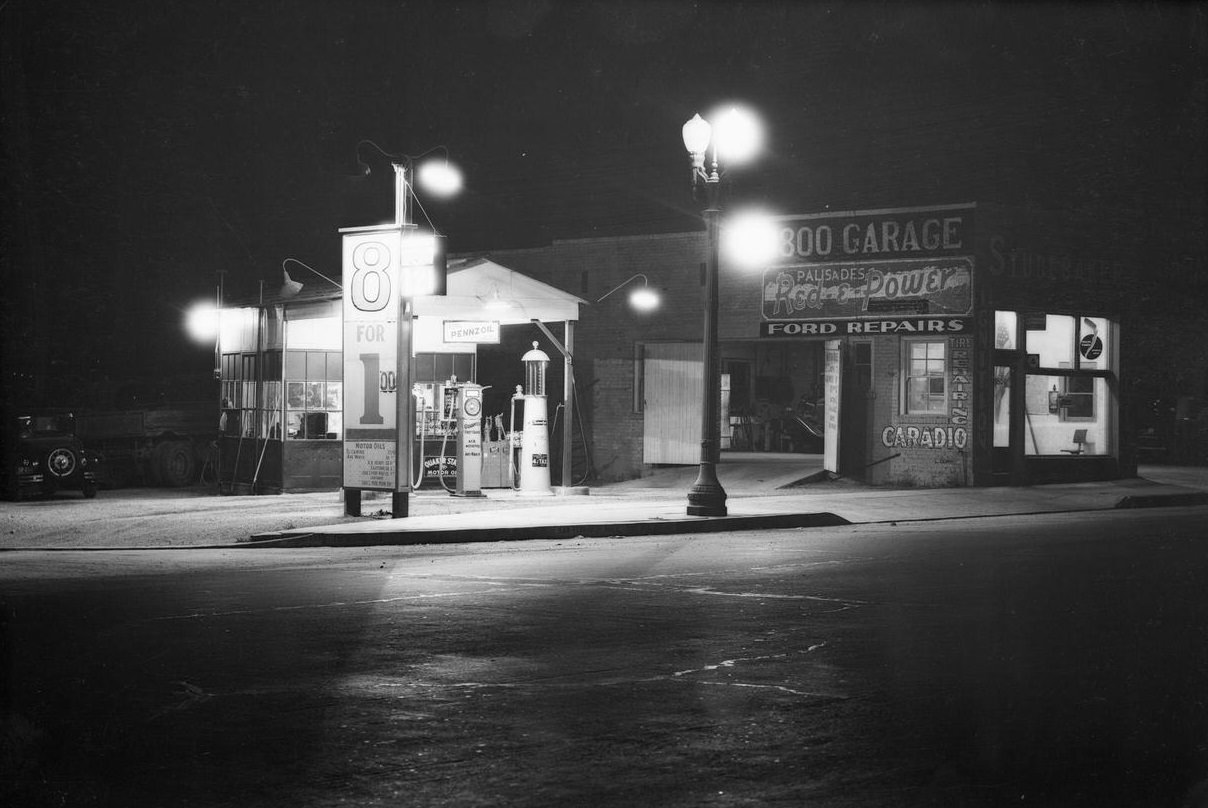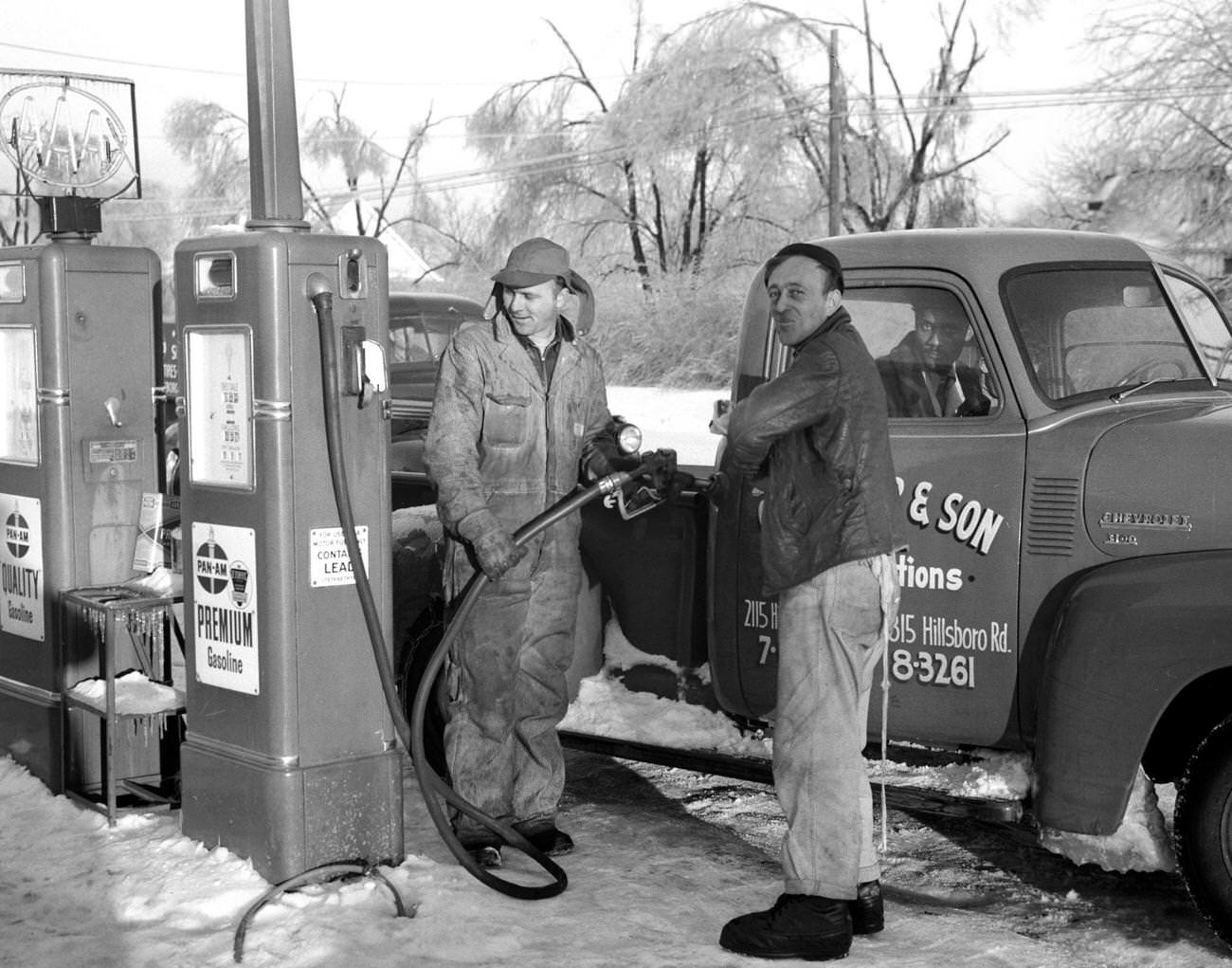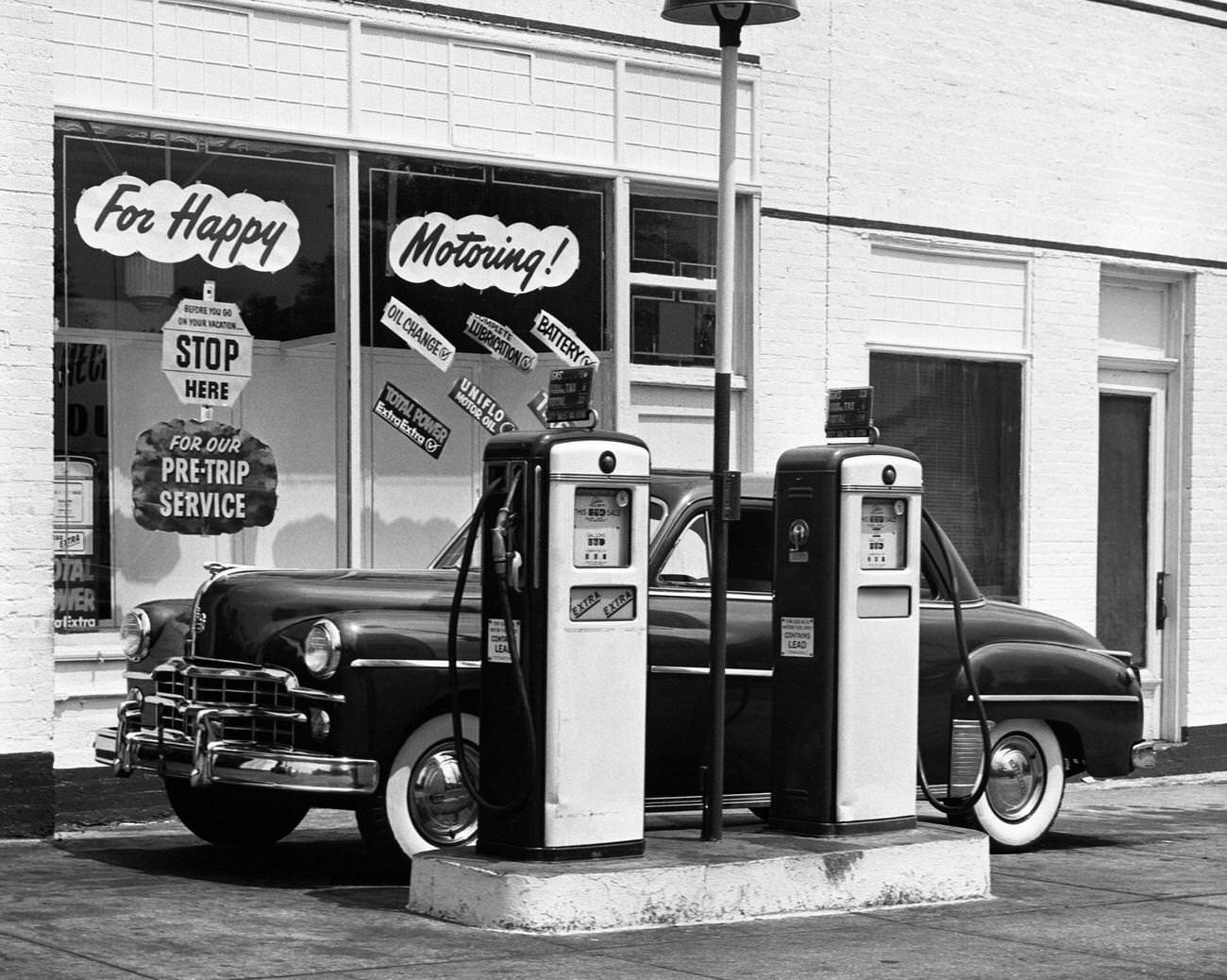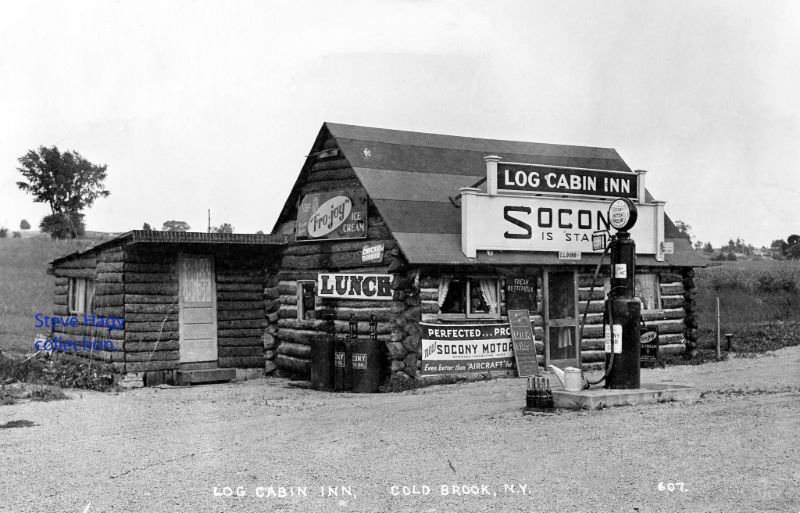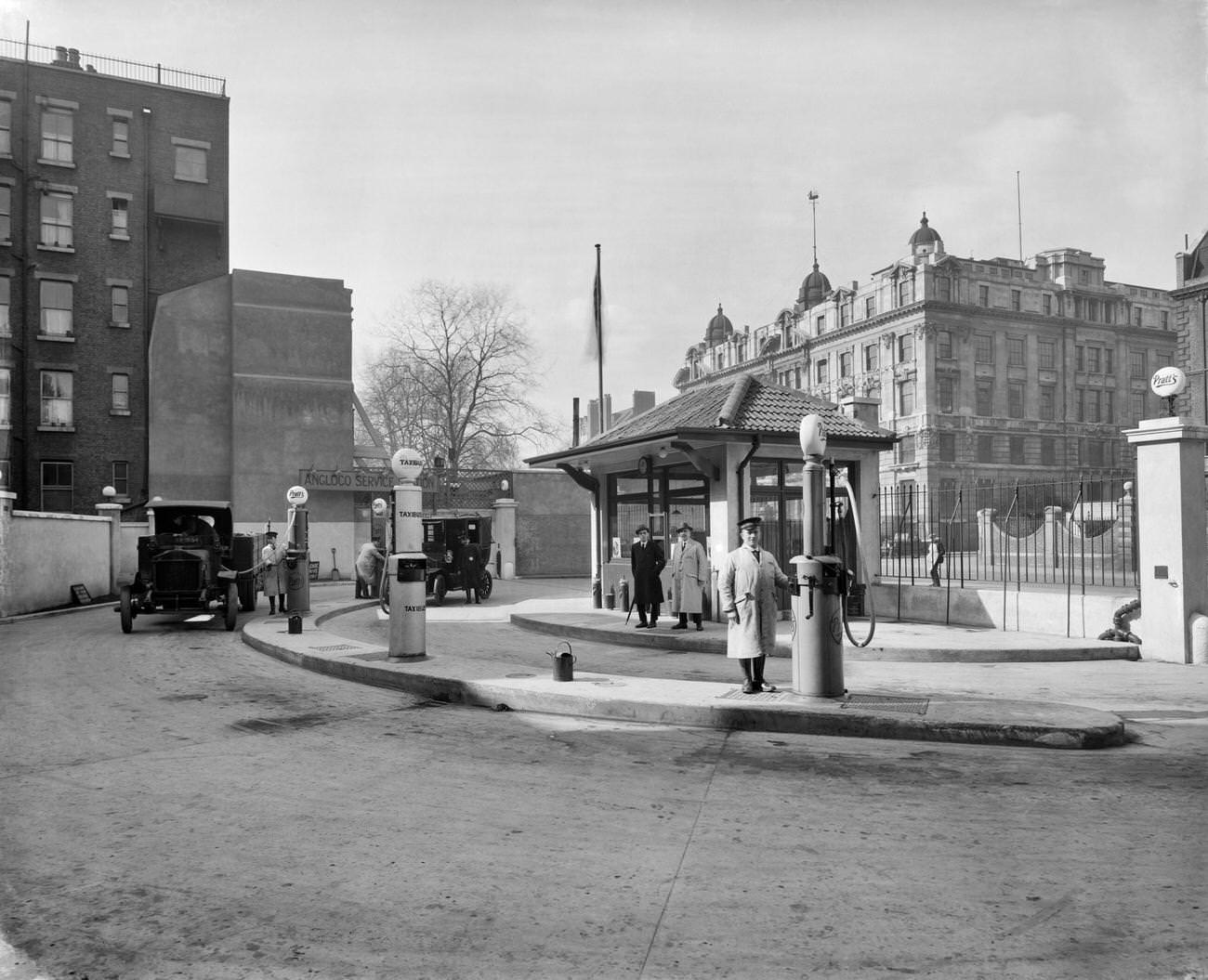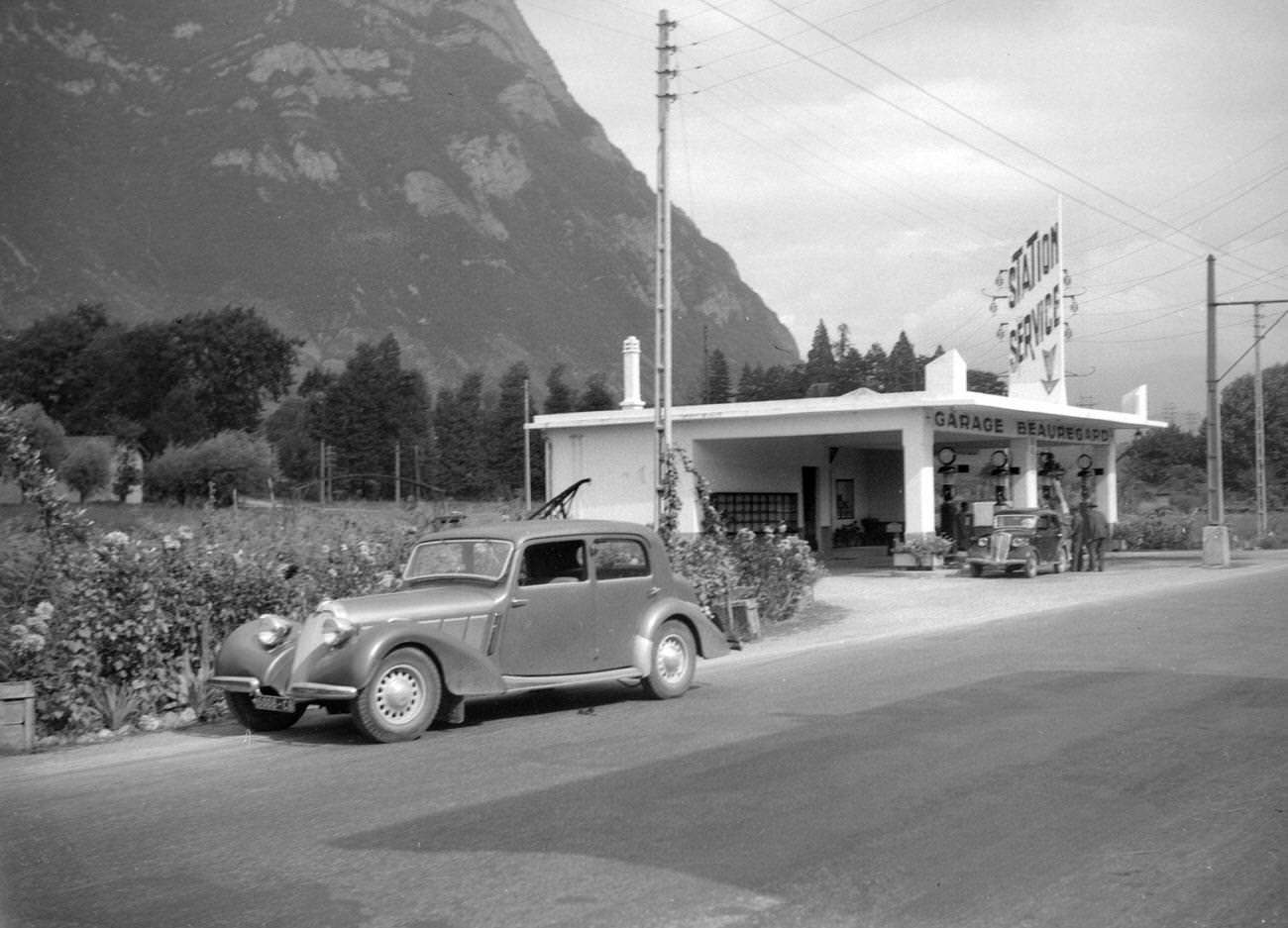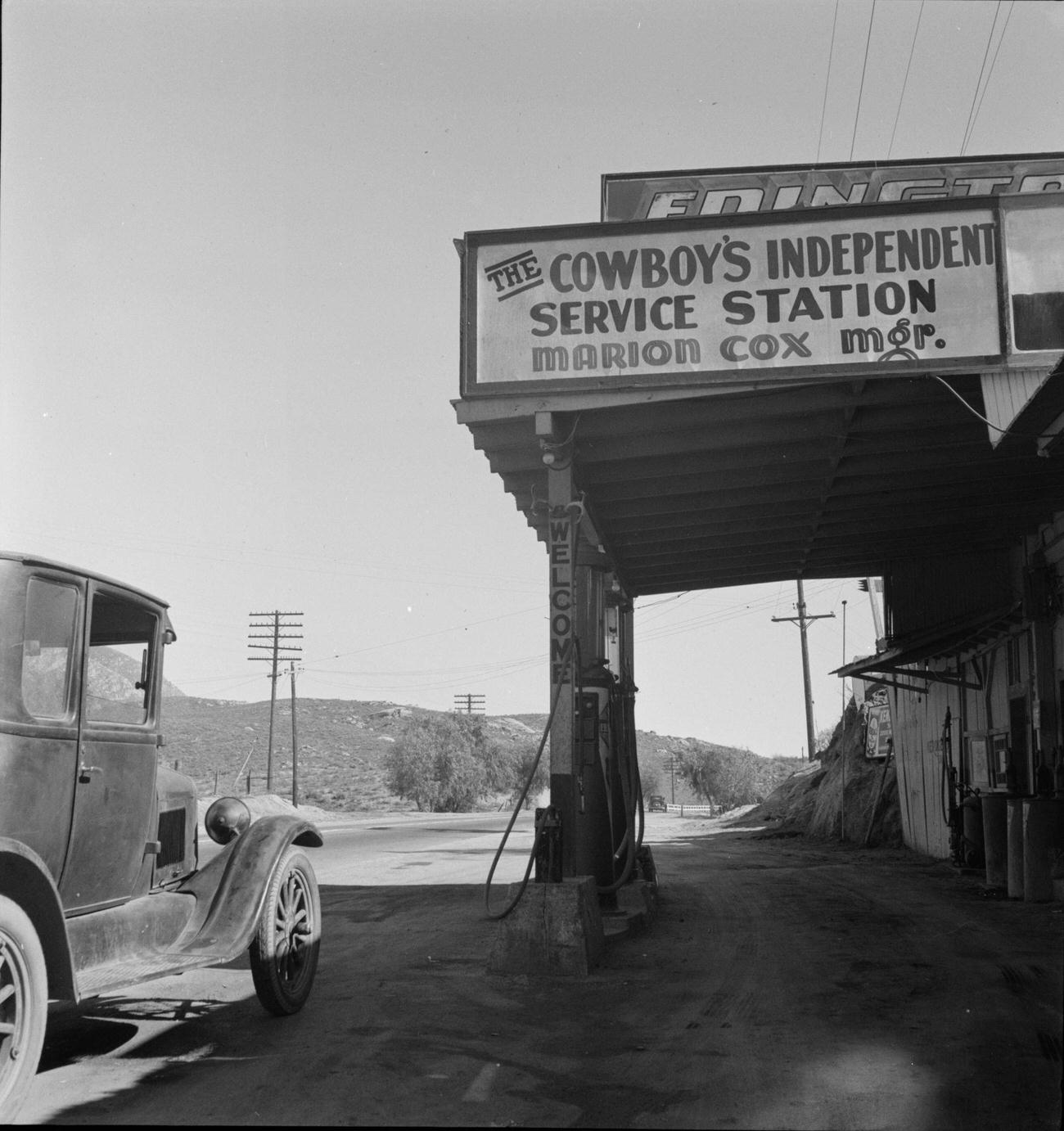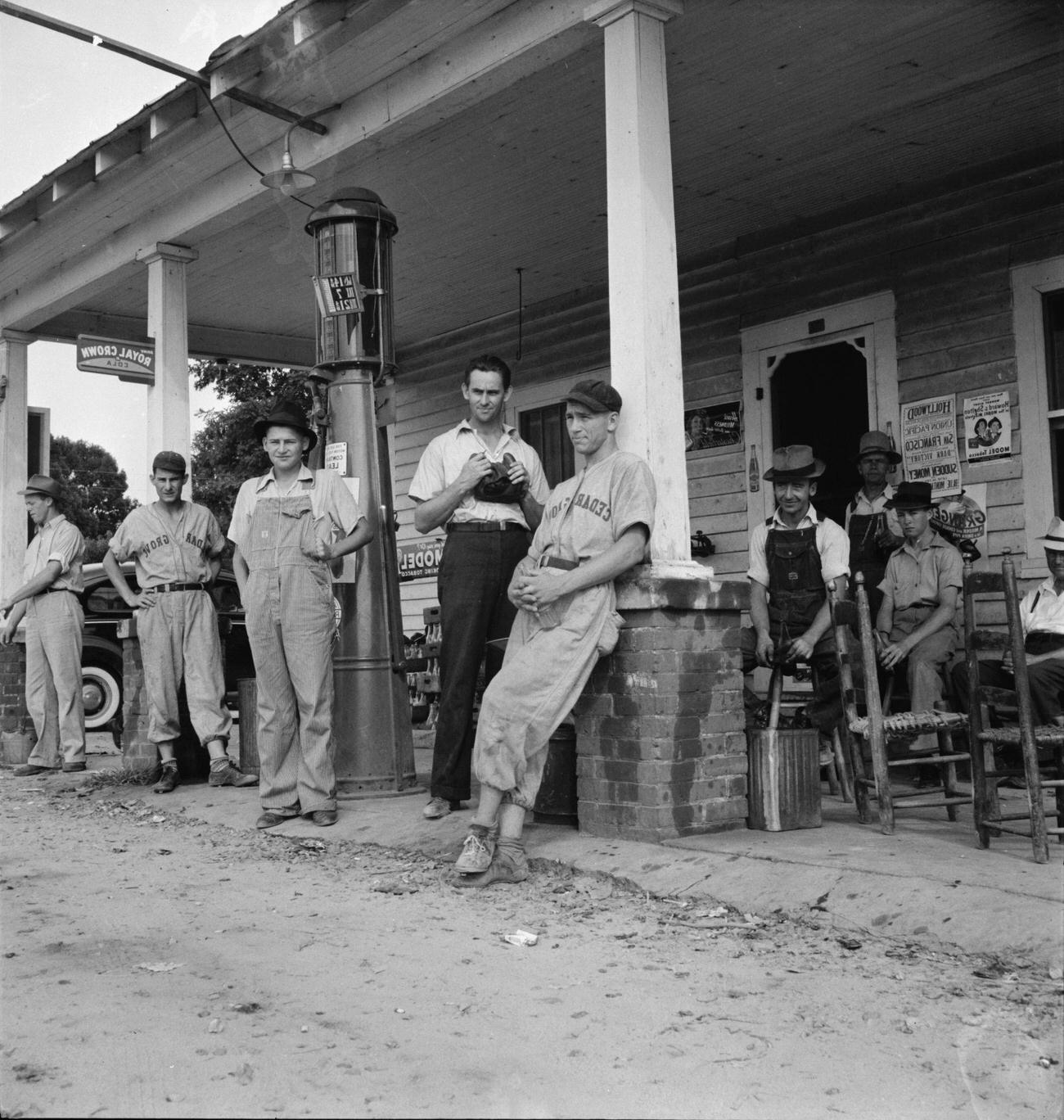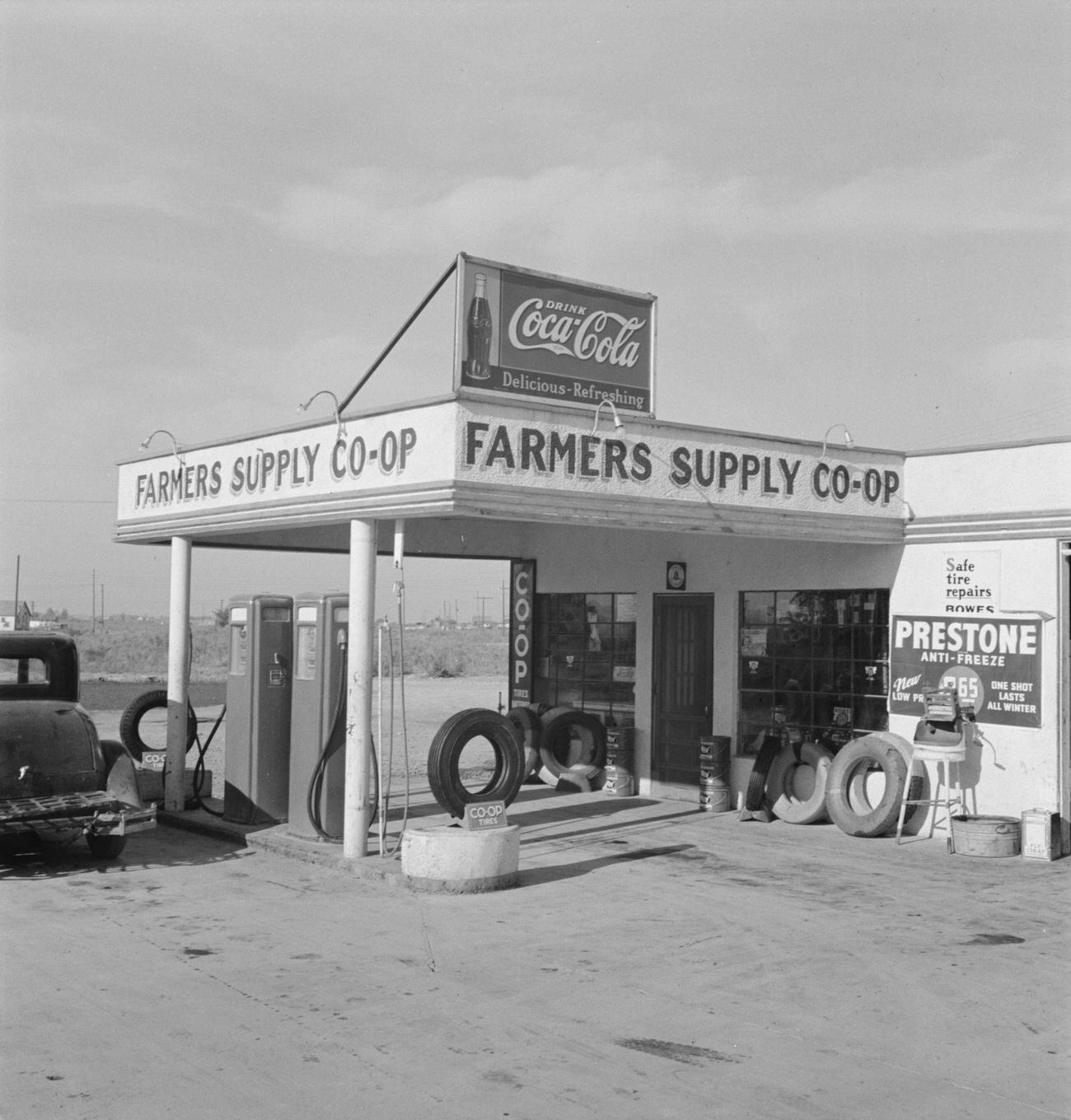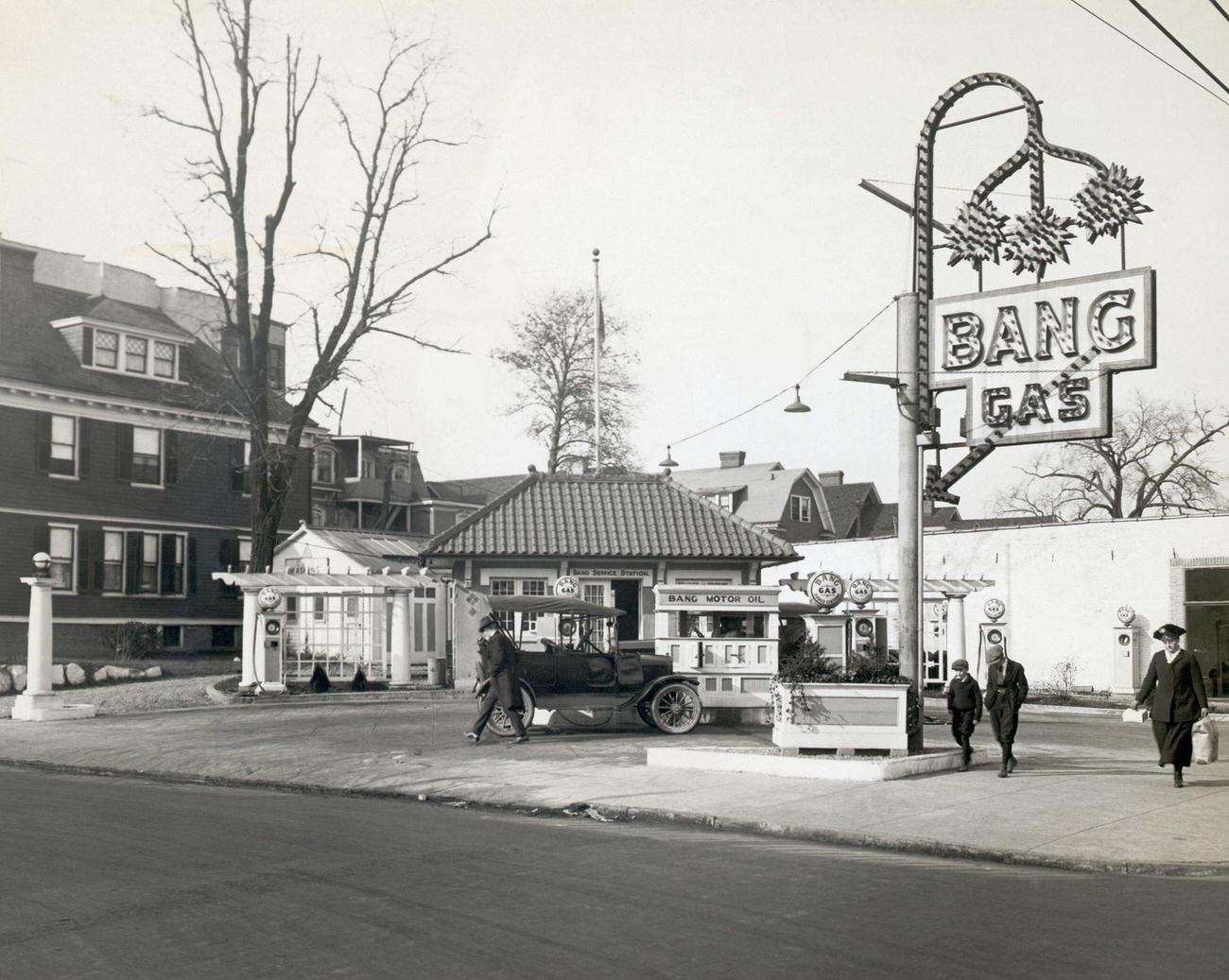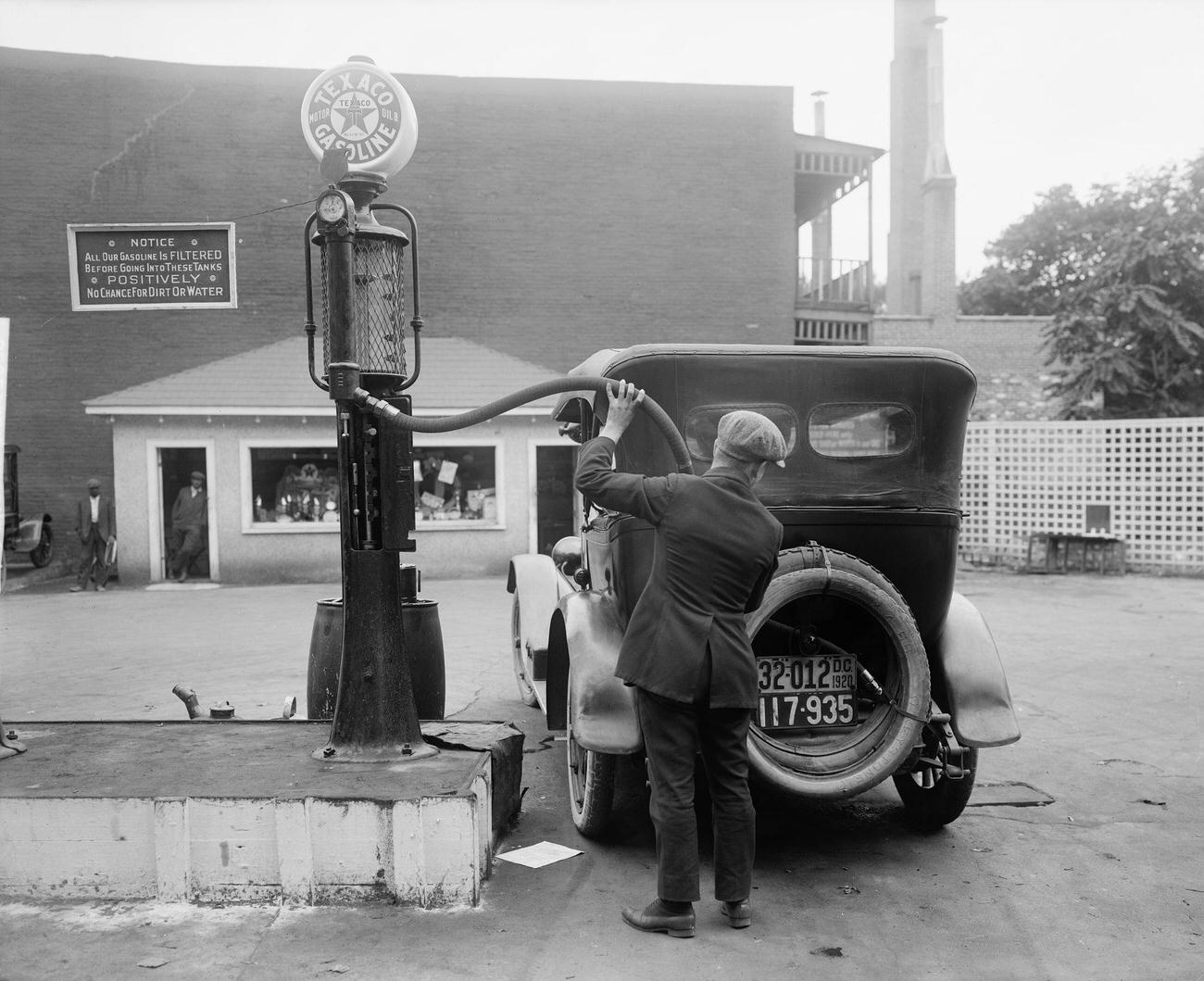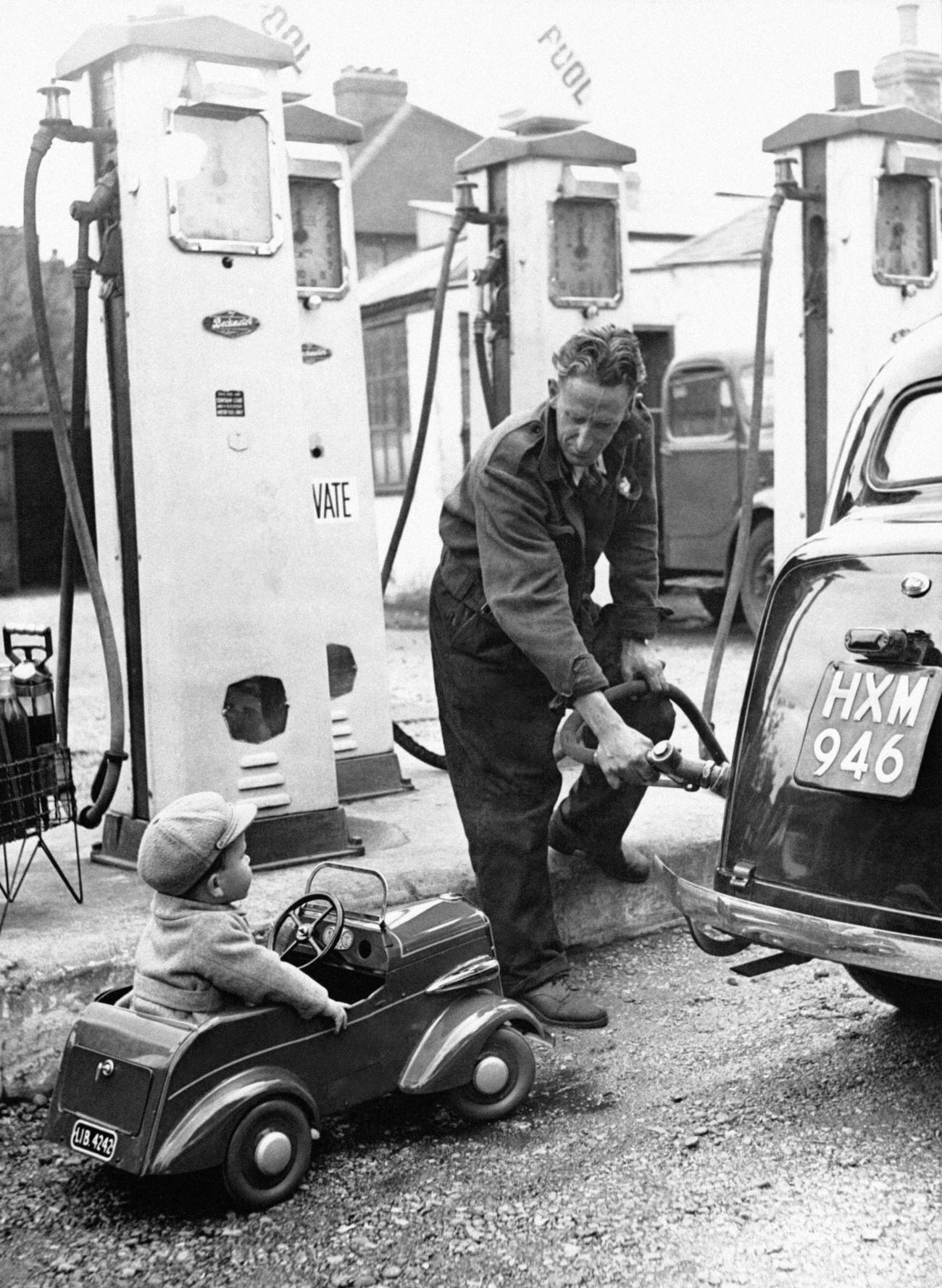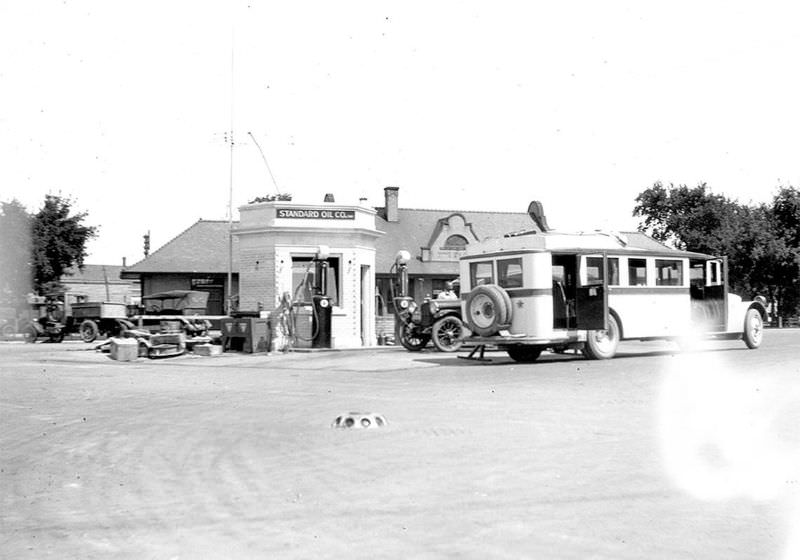A staple of both urban landscapes and rural crossroads, gas stations have long served as crucial touchpoints in the everyday lives of motorists. Over the past century, these establishments have undergone significant transformations, reflecting broader changes in automotive culture, architectural trends, and consumer habits.
The 1920s
In the early 20th century, the advent of the automobile era marked the birth of the first gas stations. These were simple, often makeshift setups where motorists could refuel. Initially, gas pumps were installed outside general and hardware stores, and the service was just that—fuel and nothing more. The architecture was rudimentary, sometimes featuring a single pump with a fuel attendant on standby.
The 1930s to 1950s
From the 1930s through the 1950s, America experienced what could be called the “Golden Age” of gas stations. As car ownership surged, so did the demand for convenient refueling spots. Gas stations of this era started resembling the classic image most people conjure: a small, box-like building with a canopy-covered drive, two or more pumps, and uniformed attendants offering full service, which included washing windows, checking oil and tire pressure, and even a friendly chat.
This period also saw oil companies establishing corporate identities, with distinct branding adorning each station, and franchise operations emerging. The architecture became more deliberate, with visible, bright signage and designs intended to catch the eye of motorists.
The 1960s and 1970s
The mid-20th century brought significant changes, characterized by the introduction of self-service gas stations during the 1960s, shifting the role of attendants and altering the interaction between stations and customers. The era also saw an architectural departure from the charming service stations of the past to more utilitarian structures.
This period heralded a diversification of services. Stations started to incorporate convenience stores, offering food, drinks, and basic automotive supplies. Some even expanded further, including car washes, auto services, and fast-food outlets, gradually morphing into the prototypes of modern gas stations.
The 1980s to Present
From the 1980s onward, gas stations have continued to evolve, with a marked shift toward larger spaces and a broader range of amenities. The modern gas station is now not only a place to refuel your car but also yourself. Many of these establishments offer a variety of fast food options, extensive convenience stores, restrooms, and more.
In terms of architecture, the late 20th and early 21st centuries have seen a mix of styles, from the revival of retro aesthetic elements to sleek, contemporary designs. The focus has also been on branding and customer loyalty, with stations offering loyalty programs and price promotions.
Environmental awareness has influenced recent trends, with more stations offering alternative fuels like electric charging stations for EVs, biofuels, and hydrogen fuel cells in some regions.








